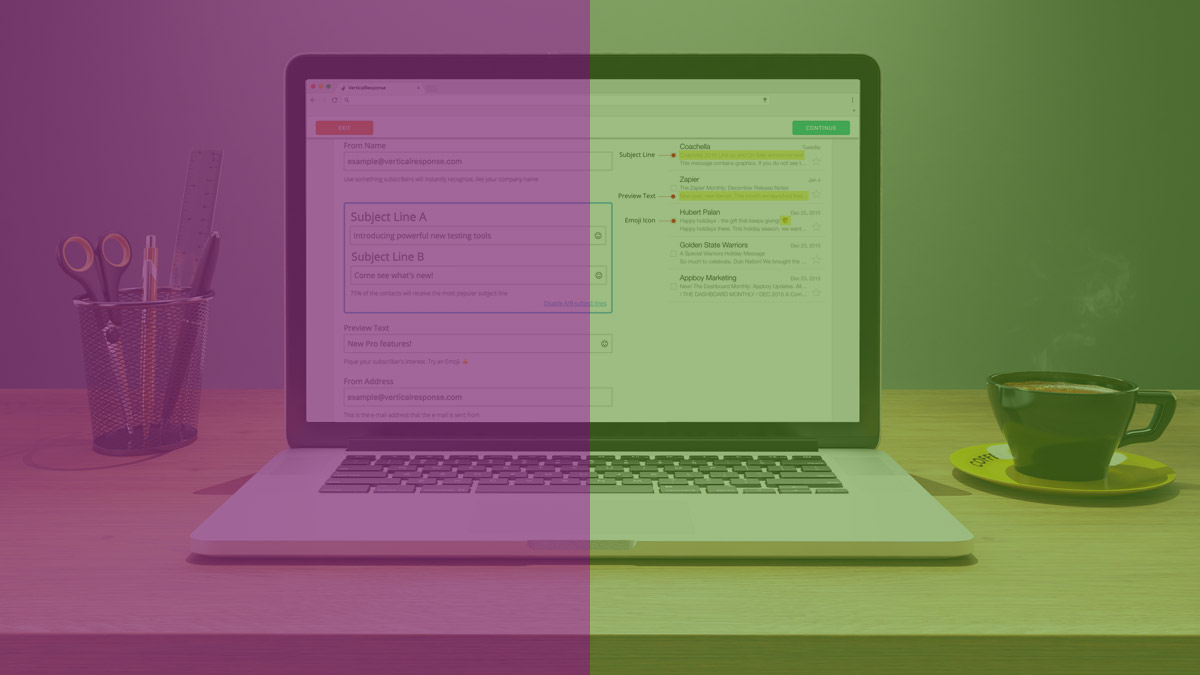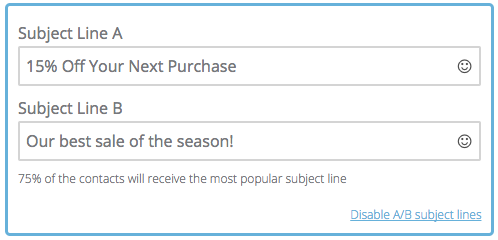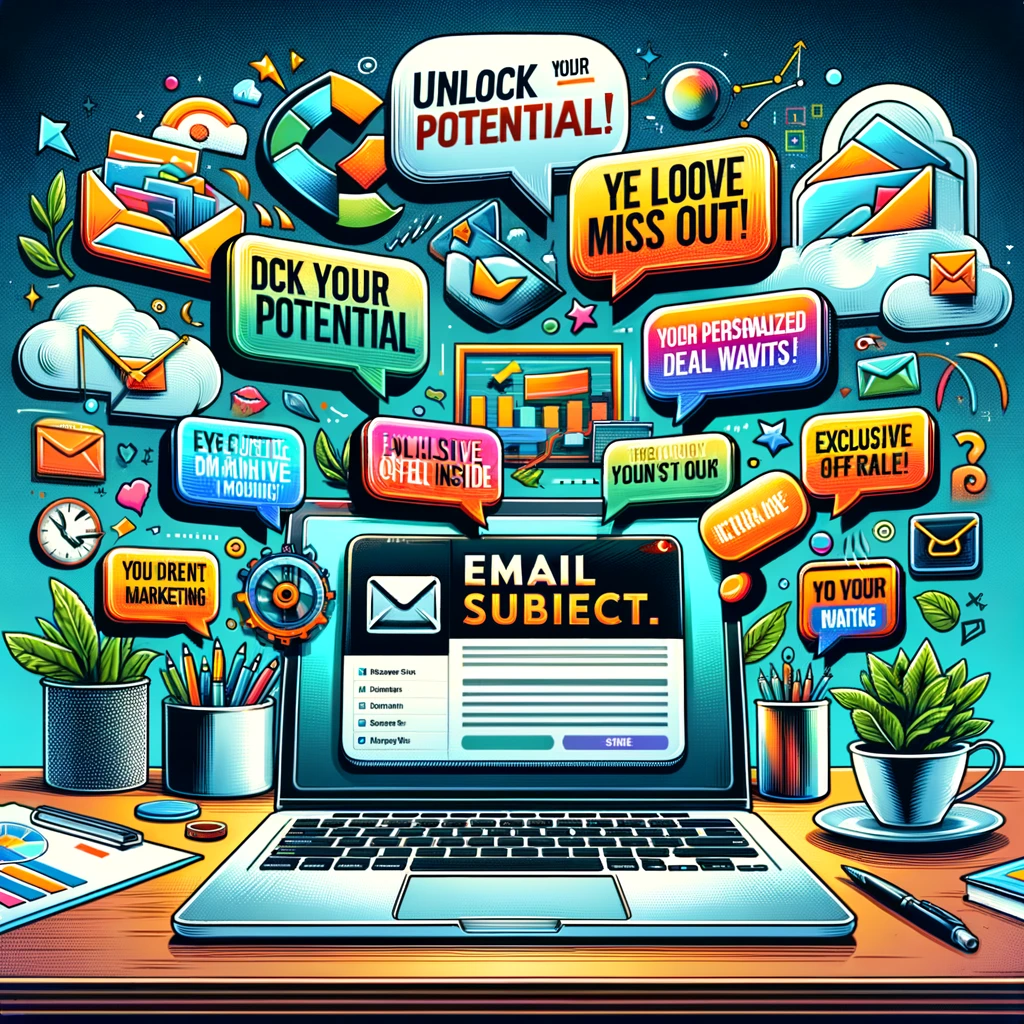
Improve your email performance with these 4 A/B tests
With the simplicity and efficiency of today’s online tools, A/B testing has become a no-brainer for many email marketers. Not only can it help you understand the effectiveness of each campaign, but it can save you time, money, and effort by providing insight into customer behavior and preferences for use in future strategizing.
For the uninitiated, A/B testing involves sending different versions of a given email — varying anything from subject lines to layout to photos to links — to different groups of subscribers, then measuring reactions to determine which is more effective at driving preferred behavior. The results can be used to increase the impact of your campaigns.
While practically any element can be tested, experts generally advise focusing on the aspects most likely have the largest impact on your campaigns. Some suggestions:
Subject line: The length, wording, and tone of your subject line can have a profound effect on your campaign. In fact, research shows 47 percent of email recipients quickly decide to open or ignore your emails based on the subject line alone. Psychology plays a major role in that behavior, and researchers continually try to determine the parameters involved. For example, Experian last year found personalizing subject lines led to a 42 percent lift in unique open rates in the consumer products and services segment, while VerticalResponse achieved better responses by offering something in a subject line rather than requesting action. In fact, VerticalResponse makes it easy for Pro users to A/B test their subject lines.

Frequency: How often is too often? The best way to find out is to ask audiences directly. Some businesses offer subscribers three options for messaging: weekly, monthly, or intermittently/only to promote special events. MarketingSherpa research shows 91 percent of U.S. adults like to receive promotional emails from companies they do business with; 86 percent would like to receive them at least monthly, 61 percent at least weekly and 15 percent daily. That said, Oracle studies show the No. 1 reason people unsubscribe from email campaigns is “too many emails.”
Best day and time: The question of which day to send emails, and at what time, remains the subject of much speculation. The answer tends to be different for each audience. Many experts recommend 50/50 split testing in which half your list is sent one day, half another. “One current theory is that consumers are making more purchases in the evening, when they are engaged with their tablets or mobile devices while watching TV,” says Cara Olson on Marketingland.com.
Best calls to action: Calls to action are highly subjective and bound to produce different results based on their wording, format, imagery, placement within your email, and so on. “The CTA can significantly increase email engagement and conversion, so it’s important to plan your campaign thoroughly and consider the true power behind effectively mapping to those three elements,” advises Paul Ford on Marketingprofs.com.
Once you’ve run a test and received the first set of results, don’t stop there. Incorporate what you’ve learned into your next campaign and keep testing. Remember, a hit with readers today may not work as well down the line. In order to keep your messages fresh and effective, run tests on an ongoing basis and use the results to fine-tune the way you create and send emails.
If you’re ready to start testing your campaigns, an automated tool like VerticalResponse A/B subject line testing simplifies the process. Sign up for a Pro Plan to use this powerful feature today.
Build, send and track emails that look great on any device
© 2017 – 2018, Amber Humphrey. All rights reserved.
 START YOUR FREE TRIAL
START YOUR FREE TRIAL 


